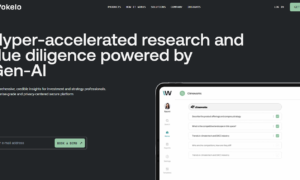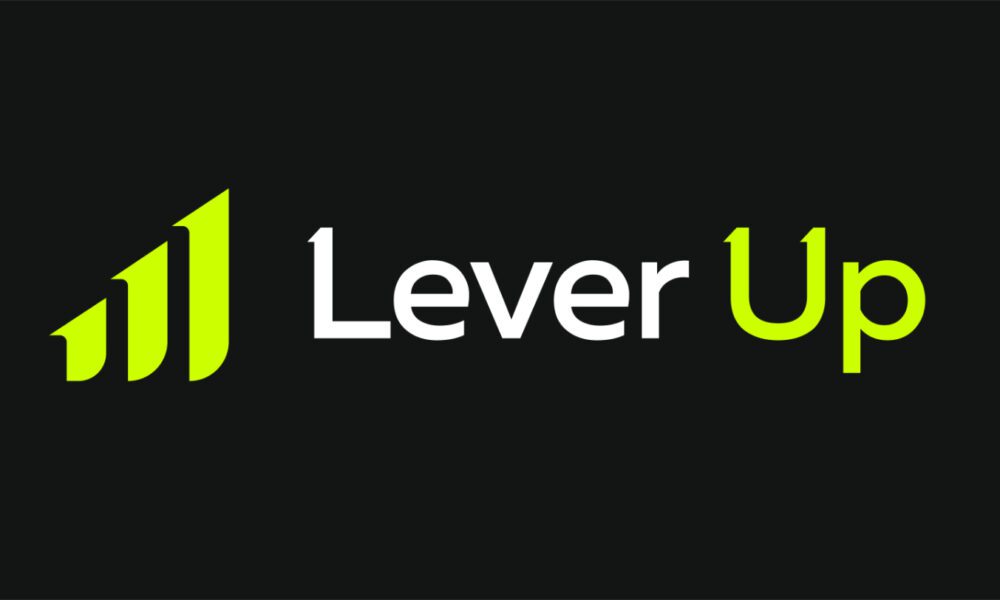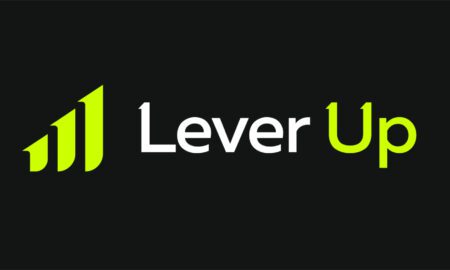Amidst a landscape dominated by data and technology, the importance of predictive modelling and forecasting has reached unprecedented heights. In an era where businesses are in constant pursuit of staying ahead of the curve, the ability to harness the latest developments in this field can make all the difference between success and stagnation.
Recent years have witnessed a rapid evolution in predictive analytics, driven by advancements in machine learning, deep learning, and real-time data processing. To delve deeper into this evolving landscape, I had the privilege of sitting down with Sowmya Kumar, a leading figure in the realm of data and AI. Recognized as one of the “Top AI & Analytics Women to Watch Out for in 2022,” Kumar brings a wealth of knowledge and expertise to the table.
During our recent interview, Kumar shed light on the transformative trends shaping predictive Modeling and forecasting. With a keen eye on the evolving techniques and approaches, she emphasized the critical importance for businesses to embrace these advancements to drive innovation and maintain competitiveness in today’s dynamic market.
One of the key trends highlighted by Kumar is the integration of machine learning and deep learning into various domains. By leveraging these technologies, businesses can analyse vast and complex datasets to generate more accurate predictions. Kumar’s exploration of different sectors, from retail to supply chain, underscores the broad applicability of machine learning algorithms in driving model-driven decision-making processes.
Moreover, Kumar emphasized the rising significance of ensemble forecasting—a technique that combines multiple models to enhance predictive accuracy. In an era marked by unprecedented uncertainties, such as the COVID-19 pandemic and market fluctuations, ensemble forecasting offers a robust approach to generating reliable forecasts across diverse domains. Kumar’s advocacy for multiple modelling approaches with different inputs exemplifies her commitment to strengthening predictive capabilities.
Real-time data and the Internet of Things (IoT) were also identified by Kumar as critical factors in improving forecasting accuracy. By harnessing data from sensors and connected devices, businesses can gain valuable insights into current conditions, empowering them to make informed predictions about future trends. Kumar’s example of optimizing delivery routes through real-time data analysis illustrates the practical implications of leveraging IoT in forecasting.
However, Kumar also addressed the challenges accompanying these advancements, including issues related to data quality, privacy, and security. She stressed the importance of implementing robust validation processes and ethical guidelines to build trust in predictive analytics systems and mitigate potential biases.
Looking ahead, Kumar discussed the potential impact of emerging technologies like quantum computing and explainable AI on the future of predictive modelling. She emphasized the importance of continuous experimentation and application of AI research papers into domain-specific contexts, advocating for a balance between accuracy and interpretability in forecasting models.
In conclusion, the realm of predictive modelling and forecasting is undergoing a transformative phase, driven by technological advancements and a deeper understanding of data relationships. Businesses that invest in these advancements and navigate the associated challenges will be well-positioned to thrive in today’s complex business landscape. As Kumar aptly enthused — “Let’s unveil tomorrow’s precision and possibilities through the lens of forecasting mastery.”
With proven learnings and insights observed from the work of thought leaders like Sowmya Kumar, businesses can unlock new realms of precision and possibility, shaping a future where predictive modelling drives informed decision-making and fuels innovation across industries.
Read More From Techbullion



































